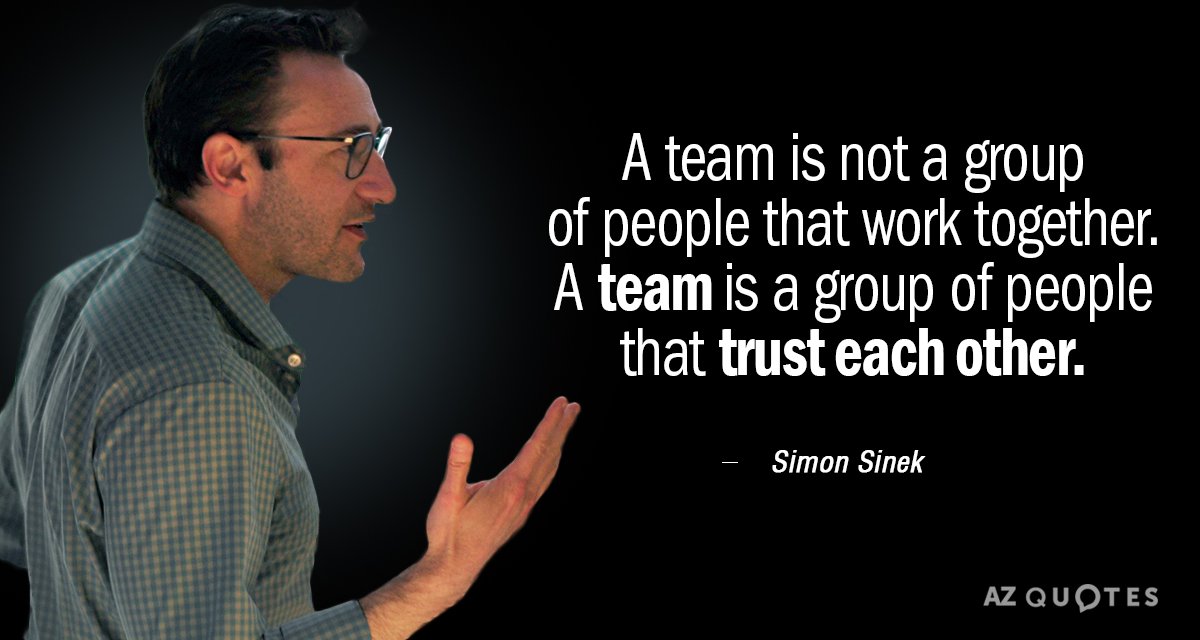This article on trust was published in 2011, and today, over ten years later, I believe these five approaches to establishing trust will still help. Please give it a read and let me know, do these approaches still hold water.
As everyone knows, a key success factor of an agile way of working, specifically Scrum, is establishing trust between the team members doing the work (a.k.a. The Developers or the delivery team) and those waiting on the delivery (a.k.a. the customers, users, stakeholders, business, etc.). The common thinking is that In order to establish trust, a development team should be meeting their commitments made during the planning meetings; thus, delivering what they said they would. Sounds like a pretty simple formula and for the most part — it is — or is it?
How to Build Trust While Delivering
Outside of simply delivering what you said you would in a sprint, here are five ideas to establish trust:

- Always act with integrity. It goes without saying the truth sets you free. But what is more important than simply being honest while communicating with someone? It is more important to perform your job duties with integrity. This means no cutting corners, maintaining the utmost quality, and always keeping the team informed when it comes to matters that may impact the core deliveries.
- Ask questions and share information. Make sure that if an idea is not understood, don’t be afraid to ask a question (sometimes, the first thing that comes out of the mouth is “I don’t know,” – and that is okay). Be sure not to assume you are all-knowing about an issue, so share what you know — this is an excellent way to facilitate conversation and potentially discover what you don’t know.
- Reasonably accurate expectations. Providing an estimate to complete can be challenging in today’s uncertain and complex world. This is primarily due to the lack of data and knowledge at the beginning of tasks. The easy way to overcome this challenge is to break down our problem into smaller [and smaller] pieces that can foster earlier feedback. Estimating our work generally gets better the smaller the task, and they are, of course, better when more than one person is involved (leveraging the experiences of others will help).
- Deliver to the refined commitment. As we talk with our stakeholders, customers, and users, we continuously refine our understanding of the need or problem we are trying to solve. As we start delivering, we should make small, refined commitments and stick to delivering within the boundaries of these commitments. Once the small commitment is delivered, demo and seek feedback immediately and move on to the next small, refined commitment with the feedback incorporated. This enables the co-creation process and will allow the trust needed to deliver outstanding results.
- Consistency is key. Having one good sprint is not enough; a team needs to establish a trend of delivering on sprint goals consistently. Once a team can demonstrate a consistent trend surrounding capacity, story points delivered, sustainable pace, etc. — the product stakeholders and customers can start to reasonably expect that what the team says they will finish will, in fact, be delivered. Oh wait, that is, simply put, what most folks look for — predictability.
Remember the idea of trust is core to agile ways of working, whether you are using Scrum, Kanban, or just some good practices. Trust is earned and easily lost, so be deliberate in seeing that building and earning trust is a central part of how your teams work.
What techniques or ideas do you have about how to build trust with the product management or project stakeholders? What have you done that works?


